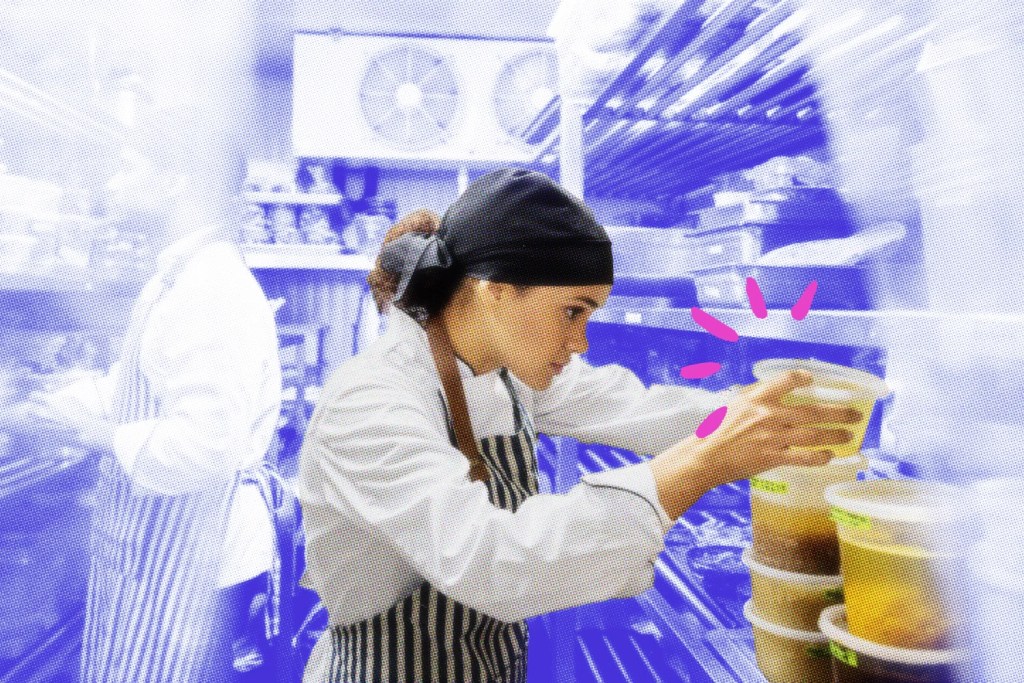As a small business owner, I know firsthand how much we rely on our equipment to keep things running smoothly. Whether it’s my laptop or a restaurant’s HVAC system, one breakdown at the wrong time can bring everything to a halt, costing time, money, and even your reputation with clients.
Standard property insurance covers external risks like fire or theft, but it doesn’t protect against internal failures. Equipment breakdown coverage is designed to help protect businesses from the types of failures that property insurance typically doesn’t cover.
What This Endorsement Is
Equipment breakdown coverage is an add-on to a Business Owner’s Policy (BOP), not a new policy. Think of it as extra protection that steps in when essential equipment fails due to a sudden, accidental breakdown.
This endorsement covers internal failures, like motor burnouts, short circuits, or a pressure system malfunction. For example, if your HVAC system is out of commission because of a fire, your property insurance typically covers it. However, if it fails due to a compressor malfunction, equipment breakdown coverage could help pay for repair or replacement costs.
This coverage can help businesses that depend on machinery, electrical systems, or climate control to operate. From ovens and HVAC units to point-of-sale systems and production machinery, equipment breakdown insurance can help keep businesses running when the unexpected happens.
Why Equipment Breakdown Coverage Matters
Running a small business often means depending on equipment you don’t usually think about — until it stops working. I’ve felt that stress myself when equipment issues start threatening to derail a project. For businesses with heavy equipment, the stakes are even higher.
- Restaurants: An oven failure on a Saturday night or a refrigeration breakdown before a busy holiday can mean lost sales, spoiled inventory, and unhappy customers.
- Contractors: Air compressors, generators, and specialty tools are critical. If they break mid-job, projects stall, timelines are missed, and there’s potential reputational damage.
- Retailers and service businesses: Point-of-sale systems, security equipment, or oven failures can shut doors and hurt retailer shops until repairs can be made.
These business interruptions are inconvenient and expensive. Your business must spend time and money on repairs, and that downtime, when you can’t serve your customers, can cost your business even more.
According to recent research by the ABB,1 approximately 69% of companies experience unscheduled downtime at least once a month, and this can cost tens of thousands of dollars per hour.1
Equipment breakdown coverage can help cushion these impacts so a single equipment failure doesn’t snowball into a major financial setback.
What’s Covered vs. What’s Not
Not every equipment issue is covered. This endorsement is meant for sudden breakdowns that may catch you off guard, not from a lack of maintenance or gradual problems that could have been prevented.
Here’s what to know:
Covered
- Mechanical or electrical failures, such as short circuits or motor burnouts
- Costs to repair or replace damaged equipment
- Lost income if your business has to pause operations
- Extra expenses, such as paying for rush repairs or renting temporary equipment
Not Covered
- Routine wear and tear or aging equipment
- Breakdowns tied to skipped maintenance
- Damage from rust, corrosion, or other slow deterioration
- Software glitches or cyber-related issues
- Losses caused by excluded events
If the breakdown is the result of long-term neglect, your insurance may not cover it. However, if it’s sudden and beyond your control, then this endorsement may be able to help.
Cost & Value
For most small businesses, the cost of adding equipment breakdown coverage may be far less than what a single failure could mean for your business.
Premiums for equipment breakdown coverage typically range from a few hundred to a few thousand dollars, depending on several factors, including but not limited to the coverage you need. Insurers typically calculate premiums based on coverage amount, industry risk, equipment type, location, deductibles, and other factors.
Beyond repair bills, downtime can drain revenue and impact customer relationships. Equipment breakdown coverage is one way to have a backup plan that can help protect your cash flow and business continuity. For many small business owners, having that safety net is often worth it.
How to Add It
Equipment breakdown coverage is usually added as an endorsement to your existing BOP. If you want this endorsement, your insurer will ask about the type of equipment you rely on, its value, and the limits you’d like in place. From there, they’ll provide a tailored quote.
Most insurers can add coverage quickly so you’re not left waiting for protection. As your business grows, you can adjust coverage limits to reflect new equipment or increased operational demands.
Protect Your Operations Before a Breakdown Happens
Unexpected equipment failures can grind your business to a halt. Adding equipment breakdown coverage can help protect against costly repairs and lost revenue, so you can stay focused on serving your customers.
Speak with your insurance agent about adding this endorsement to your BOP, or get a quote to see if this protection is right for your business.
References:
- https://library.e.abb.com/public/458b324e7f9f43769c6731126cec9284/ABB_Survey%20Report%202023_1920x1080_20231010_JL_final_edits.pdf ↩︎
